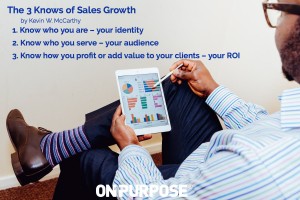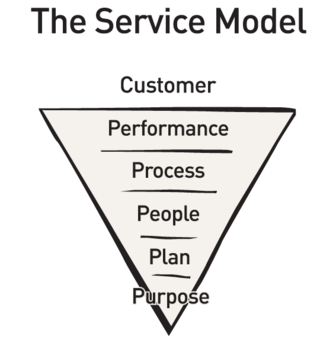The Elevator Speech or Elevator Pitch is one of the staples of sales training and business development. But is it really effective? In this classic On-Purpose Business Minute, conventional wisdom is challenged.
In 2010, I was speaking at a leadership event with 550 highly successful independent health coaches. When I described the “Do Do Dialogue” (The On-Purpose Minute for next week) the audience was intrigued and asked me lots of questions during and after the event. When originally produced, this video along with the Do Do Dialogue were posted on a web page rather than my blog so I’ve posted them both for convenience.
Be On-Purpose!
Kevin W. McCarthy


